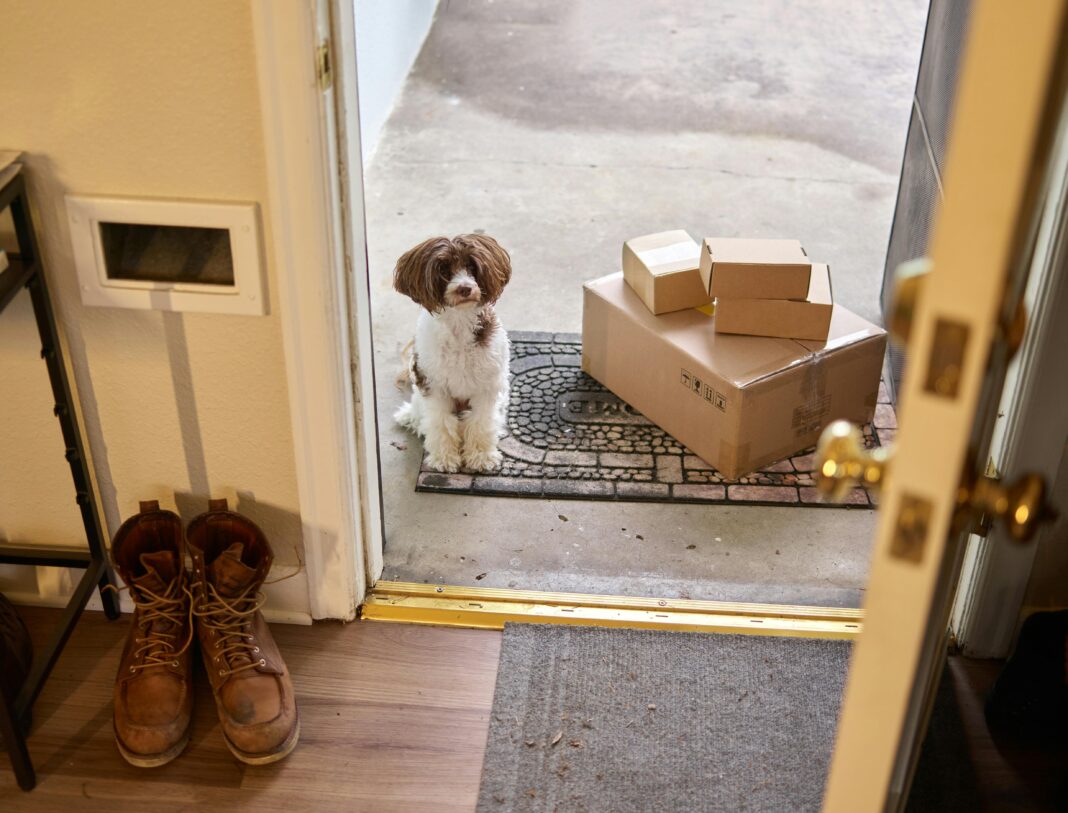As pet owners, we adore our furry friends, but sometimes their chewing habits can become a challenge. Whether it’s your shoes, furniture, or favorite books, inappropriate chewing is a common issue many pet owners face. This comprehensive guide explores the causes, symptoms, and solutions to manage your pet’s chewing habits effectively.
Understanding the Causes of Chewing
1. Natural Instincts
All dogs and cats have natural instincts that drive them to chew. This behavior can stem from their ancestry—dogs, for instance, chew to break down food or engage their surroundings. Recognizing this as part of their natural behavior helps frame your understanding and response.
2. Boredom
Pets require mental stimulation, and a lack of engaging activities can lead to destructive chewing. Dogs and cats that don’t have enough physical exercise or playtime may turn to chewing as a way to entertain themselves.
3. Anxiety and Stress
Like humans, pets can experience anxiety and stress. Changes in their environment, such as moving to a new home or the introduction of a new family member, can lead to unsettling feelings that manifest in excessive chewing.
4. Teething
Puppies and kittens go through teething phases, making them chew on objects to alleviate discomfort. Recognizing this phase can help you provide appropriate items for them to gnaw on.
Symptoms of Destructive Chewing
Understanding the signs of destructive chewing can be crucial in addressing the behavior. Look out for:
- Damaged belongings: Shoes, furniture, and cords often bear the brunt of chewing.
- Excessive drooling or chewing: Pets may seem fixated on their chewing habits.
- Frequent searching for items to chew: Your pet may constantly look for new things to nibble on.
- Signs of anxiety: Whining, pacing, or hiding can indicate a deeper emotional issue linked to chewing.
Diagnosing the Issue
If your pet is excessively chewing, taking a keen look at their environment and behavioral patterns can help. Consider the following steps:
1. Observe Triggers
Keep a journal to note when your pet chews. Is it after a stressful event, during quiet times, or when they are left alone? Identifying triggers can lead to a better understanding of the behavior.
2. Consult Your Veterinarian
If you suspect that anxiety or a health issue is behind the chewing, consulting a veterinarian is advisable. They can rule out dental problems or other medical conditions that might cause your pet discomfort and result in chewing.
Effective Strategies to Curb Chewing
1. Provide Chew Toys
Invest in high-quality chew toys designed specifically for your pet’s size and chewing strength. Durable options like rubber toys can satisfy their chewing instincts while keeping them occupied.
2. Increase Exercise
Regular exercise is crucial. Daily walks, playtime, and engaging in activities like fetch or agility games can reduce boredom and help alleviate destructive behavior.
3. Engage in Interactive Play
Interactive toys or games that stimulate your pet mentally can help reduce chewing out of boredom. Puzzle toys filled with treats can keep your pet entertained for hours.
4. Use Deterrent Sprays
Pet-safe deterrent sprays can be applied to furniture or belongings you want to protect. These sprays have unpleasant tastes that discourage chewing while keeping your belongings safe.
5. Train with Commands
Teaching basic commands like “leave it” or “no chew” can be effective. Consistently reinforcing these commands when your pet approaches an inappropriate object helps build good habits.
6. Create a Safe Space
Designate a comfortable area for your pet with their toys and beds. When you leave the house, consider confining them to this space to limit access to unwanted chew items.
7. Address Anxiety
If anxiety is driving your pet’s chewing, consider behavioral therapy or calming products. Tools like anxiety wraps or pheromone diffusers can help alleviate stress.
8. Monitor Alone Time
If your pet chews primarily when left alone, gradually increasing the amount of time they spend alone can help them become comfortable. This method, known as desensitization, can reduce anxiety and subsequent chewing.
9. Maintain Routine
Establishing a consistent daily routine provides structure, which can help reduce anxiety. Regular meal times, walks, and playtimes can help your pet feel secure and less inclined to chew destructively.
10. Consider Professional Help
If all else fails, consulting a certified dog trainer or animal behaviorist can provide personalized strategies tailored to your pet’s specific needs.
Practical Tips for Success
- Rotate Toys: Introducing new toys regularly can keep your pet interested and engaged.
- Use Positive Reinforcement: Reward your pet with treats and praise when they chew appropriate items.
- Stay Patient: Changing chewing habits takes time, so be patient and consistent in your efforts.
By understanding the reasons behind your pet’s chewing and implementing these effective strategies, you can foster a happier and healthier relationship with your furry companion. With a little effort, you can curb those chewing habits and protect your belongings!





